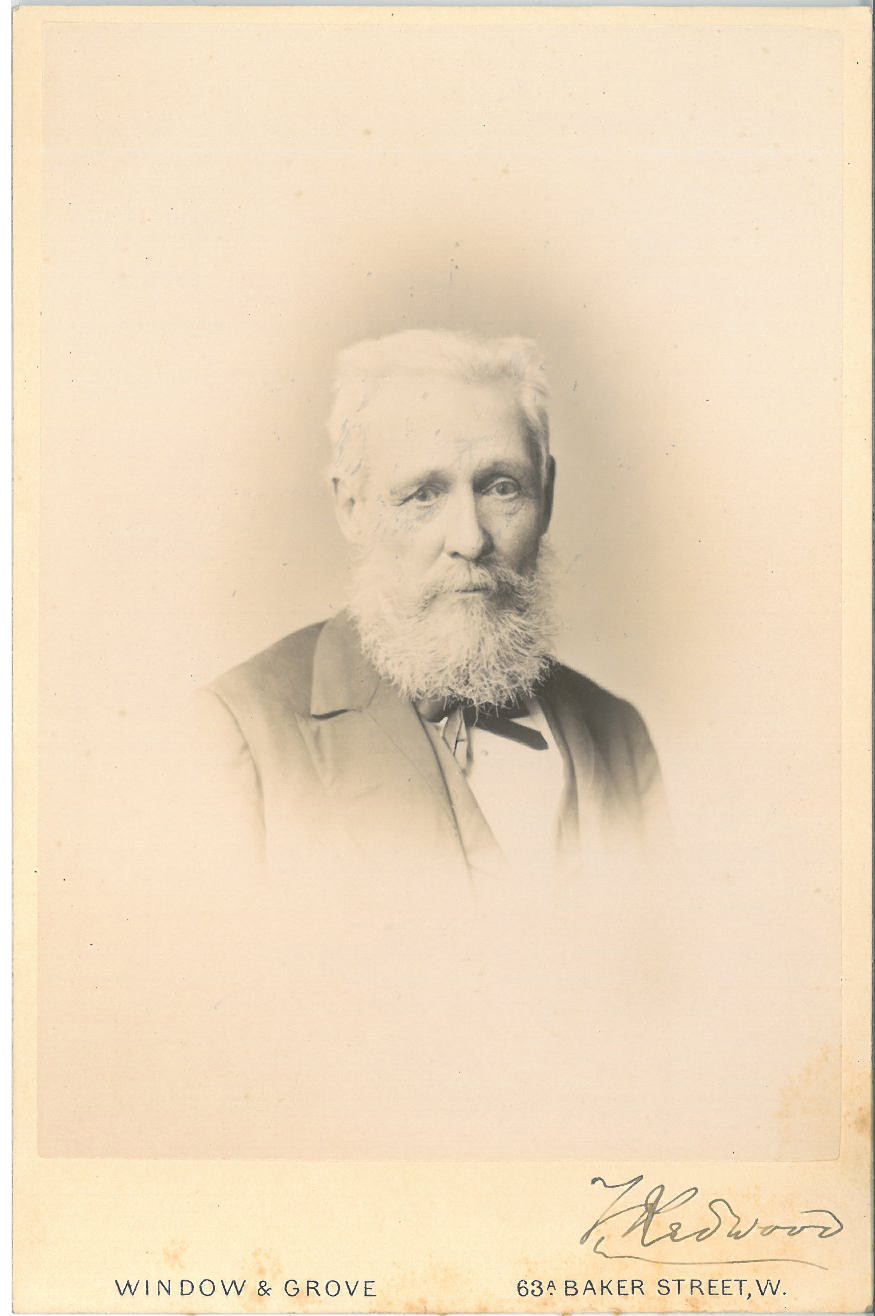A New School

Education was an important policy for the Pharmaceutical Society, as previously there was no centralised standard to pharmacy education. Many felt that regulating the education of the profession would lead to better quality chemists. In 1842 the Society’s School of Pharmacy was formally founded, and in the 1860s the headquarters were fitted with a state-of-the-art pharmacy laboratory.
Full membership, and the title of pharmaceutical chemist, was granted after the major exam was passed. Initially there was a minor exam for chemist’s assistants which would grant associate membership to the Society, but the 1868 Pharmacy Act changed the focus of the minor exam to qualifying chemists and druggists.
Throughout the late 19th and early 20th century, discoveries in medical sciences changed the nature of the syllabus, with courses added to incorporate new fields such as bacteriology. In 1924 the first bachelor’s degree course for pharmacy was launched by the University of London, and by 1967 all pharmacy students had to take a degree course. The Society was instrumental in approving which schools could teach the national syllabus. In 1949 the school separated from the Society and joined the University of London, later becoming part of UCL in 2012.